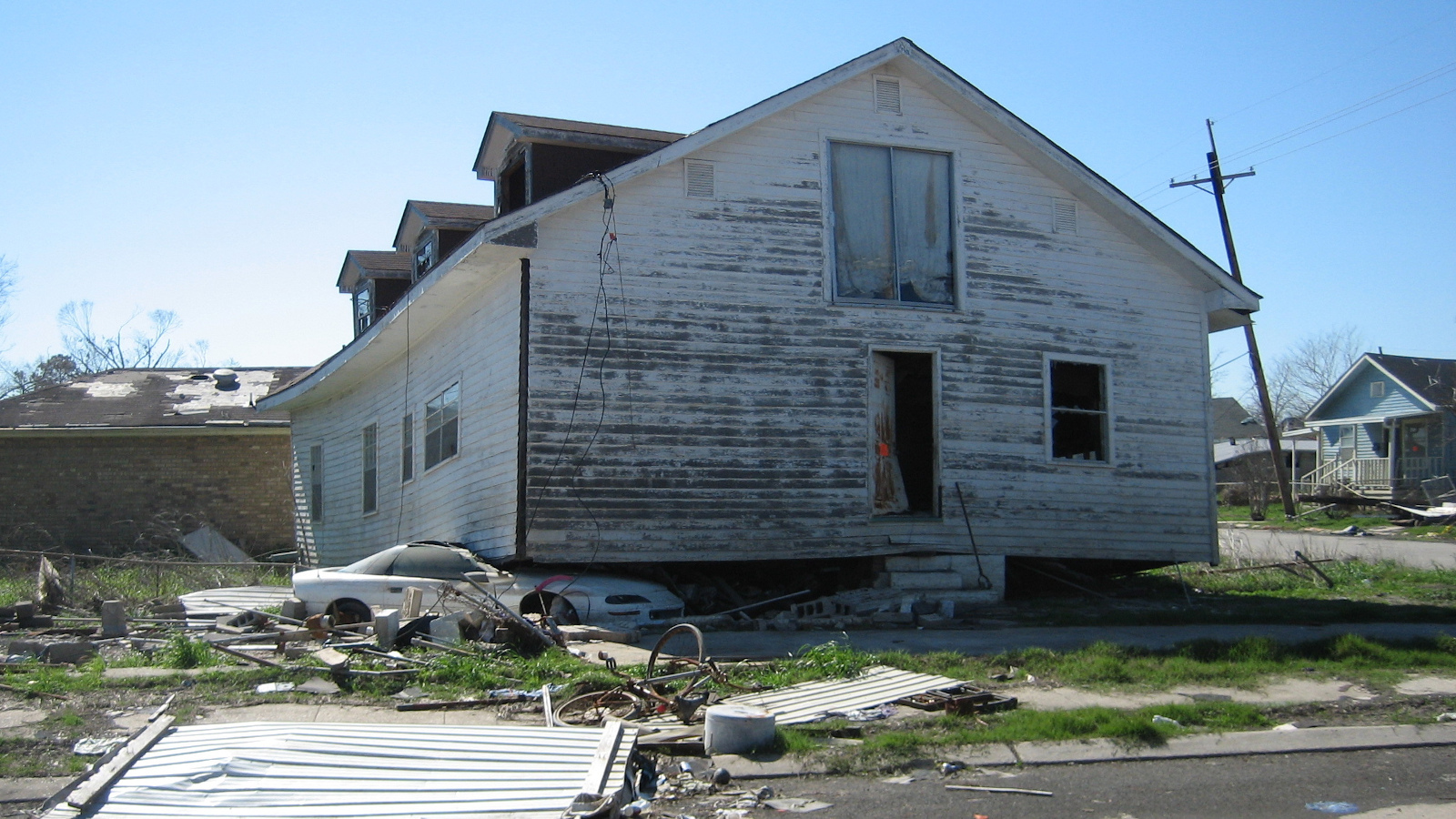
Satellite image of Hurricane Katia (left) making landfall over the Mexican state of Veracruz, Hurricane Irma approaching Cuba and Hurricane Jose reaching peak intensity on Sept. 8, 2017. | VIIRS NOAA Suomi NPP satellite
Researchers at two universities predict a very active hurricane season for this year, with more named storms and hurricanes in the Atlantic basin.
Researchers at North Carolina State University predict as many as five major storms out of the 18 to 22 named storms they forecast to hit the Atlantic basin, which is made up of the Caribbean Sea, the Gulf of Mexico and he entire Atlantic Ocean, the Bladen Journal reported.
Out of those storms, eight to 11 might strengthen to hurricane status, Lian Xie, professor of marine, earth and atmospheric science at NC State, told the Bladen Journal. Looking at historical records, the average is six hurricanes in the season.
Another university’s forecast predicts four major hurricanes out of the eight its researchers forecast for the 2020 season, which is June 1 to Nov. 30. The Colorado State University Tropical Meteorology Project told the Bladen Journal they expect eight hurricanes to form out of the 16 names storms predicted.
The Saffir-Simpson Hurricane Wind Scale said category 3 or higher hurricanes are designated as major, with winds of at least 115 mph, according to the National Hurricane Center.
Named storms routinely form before the hurricane season’s start such as Tropical Storm Alberto and Tropical Storm Arlene which had an even earlier formation in April 2017.
A season with many hurricanes doesn’t mean more of them will make landfall. In 1992 only six named storms formed. One of them was the category Hurricane Andrew that caused significant damage in Florida. Out of the 12 hurricanes and 19 named storms of 2010, none reached the U.S. to make landfall, the Bladen Journal reported.
Homeowners who don’t have flood insurance are advised to purchase it. FEMA said policies in its National Flood Insurance Program don’t go into effect until 30 days after a homeowner has made the purchase.
But high-risk flood zones aren’t the only properties at risk. Properties outside those zones account for more than 20% of flood claims. FEMA supplies basic emergency aid through its home repair grants. But many flooding events do not get designated as federal disasters. Flood insurance policies cost on average $700 nationally.




 Alerts Sign-up
Alerts Sign-up